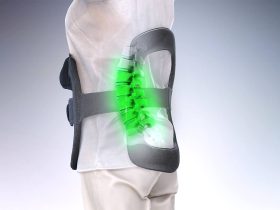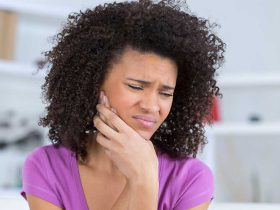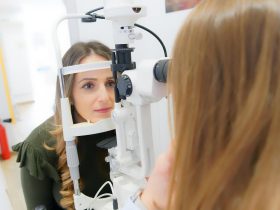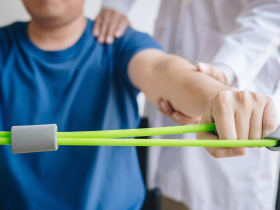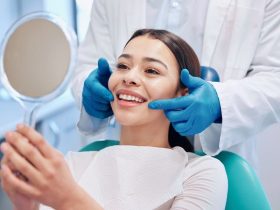Medications play a crucial role in outpatient addiction recovery. Treatment for mental health problems, withdrawal symptoms, and cravings. Pills work together with therapy, not instead of them. The Best outpatient addiction treatment Orange County offers includes medication-assisted approaches as appropriate.
Opioid addiction medications
Outpatient programs that treat opioid addiction include:
- Buprenorphine partly triggers opioid receptors without causing highs
- Methadone fully activates opioid receptors
- All opioid receptors are blocked by naltrexone
- Buprenorphine dissolves under the tongue daily at home
- Methadone needs daily clinic visits for watched dosing
- Naltrexone comes as daily pills or monthly shots
Primary care doctors can prescribe buprenorphine after short training courses. This makes it the most common outpatient choice. Patients take it at home without daily travel to clinics. Taking more produces no extra effect because of its ceiling design. This makes overdose unlikely. Some versions include naloxone to stop people from injecting it.
Methadone stays limited to specialised treatment centres because the overdose risk runs high. Staff watch patients swallow doses daily. This prevents selling or stockpiling medication. Stable patients eventually earn take-home supplies. Naltrexone only works after full detox. Any opioids left in the body cause severe withdrawal when naltrexone is taken. Monthly injections help more than daily pills because people forget or skip pills.
Alcohol dependence treatments
Three medications specifically address alcohol problems in outpatient settings:
- Alcohol and disulfiram create nasty reactions
- Naltrexone blocks pleasure-producing endorphins
- Acamprosate fixes brain chemistry imbalances from long-term drinking
- Disulfiram demands daily pills and zero alcohol consumption
- Naltrexone exists as daily pills or monthly injections
- Acamprosate requires three doses daily with food
The basis of disulfiram is fear. Alcohol makes you sick, so you stop drinking impulsively. It only works if swallowed. People just quit taking it before drinking. Naltrexone makes drinking less fun and rewarding. Alcohol stops feeling good. This same medication treats opioid addiction through identical mechanisms. Acamprosate targets the chemical chaos heavy drinking creates in the brain. It performs best after detox when the brain starts fixing itself.
Withdrawal symptom management
Specific drugs ease the misery of acute and extended withdrawal:
- Clonidine lessens physical symptoms from opioids
- Hydroxyzine calms anxiety and agitation during withdrawal
- Gabapentin manages nerve pain and sleep troubles in early recovery
- Ondansetron stops nausea and vomiting during withdrawal
- Loperamide fixes diarrhoea from opioid withdrawal
These don’t cure addiction but make early recovery bearable. Clonidine drops high blood pressure that spikes during withdrawal. It also reduces sweating, anxiety, and muscle pain. Multiple substances respond to it. Hydroxyzine delivers anxiety relief without addiction risk. Gabapentin has gotten popular for handling various withdrawal symptoms across different drugs.
Dosing and monitoring
Outpatient medication management demands close supervision:
- Starting doses begin low and climb slowly to find working levels
- Regular checkups track medication benefits and problems
- Blood draws check drug levels and organ health for certain medications
- Urine tests confirm sobriety and medication compliance
- Dose changes happen based on symptoms, problems, and recovery status
Doctors see patients weekly or twice monthly at first, then monthly after things stabilize. They evaluate whether medications control cravings and withdrawal enough. Random screens prove patients take prescribed medications. Prescriptions initially cover short periods, expanding to monthly refills after proving responsible use.


